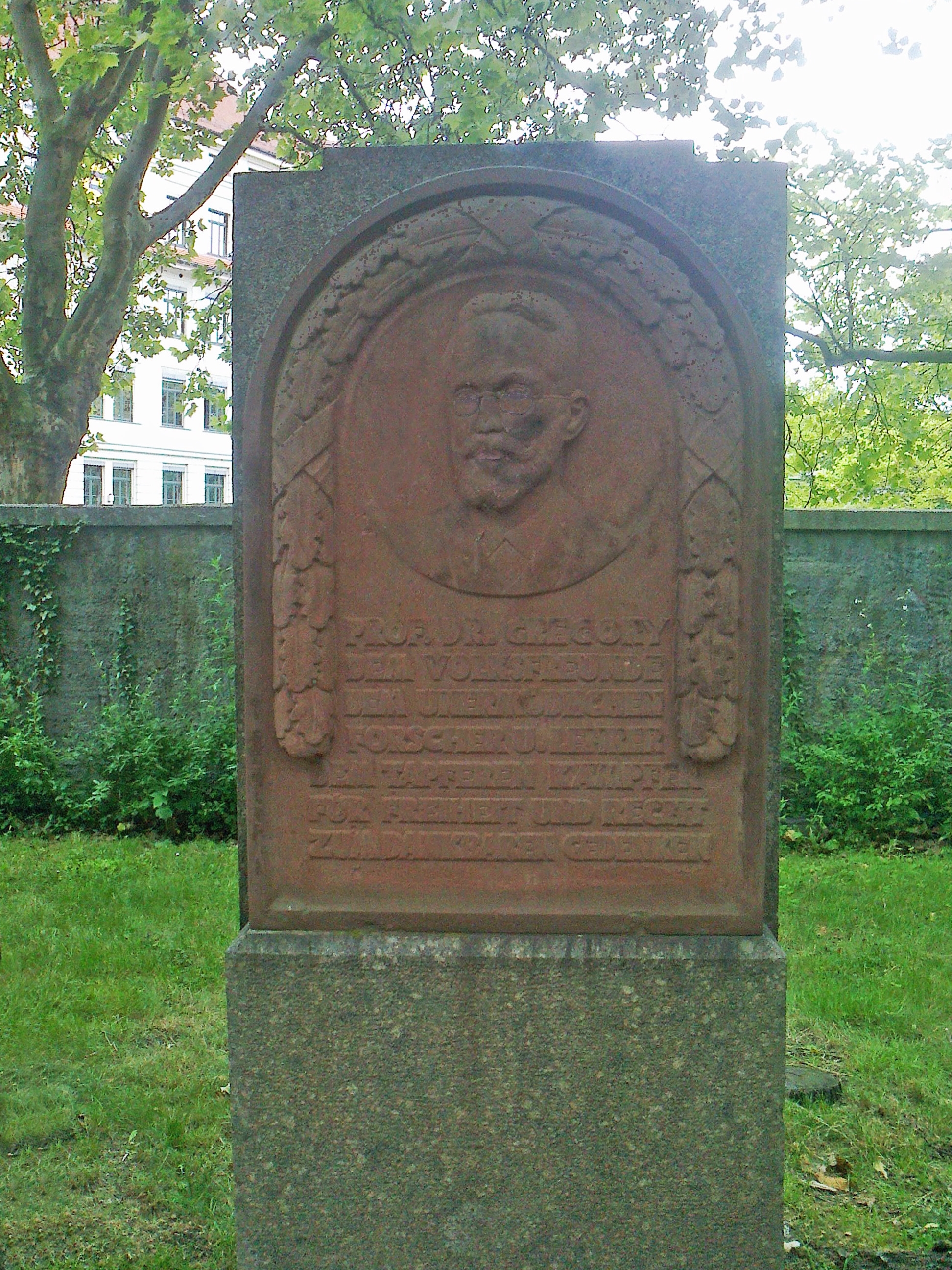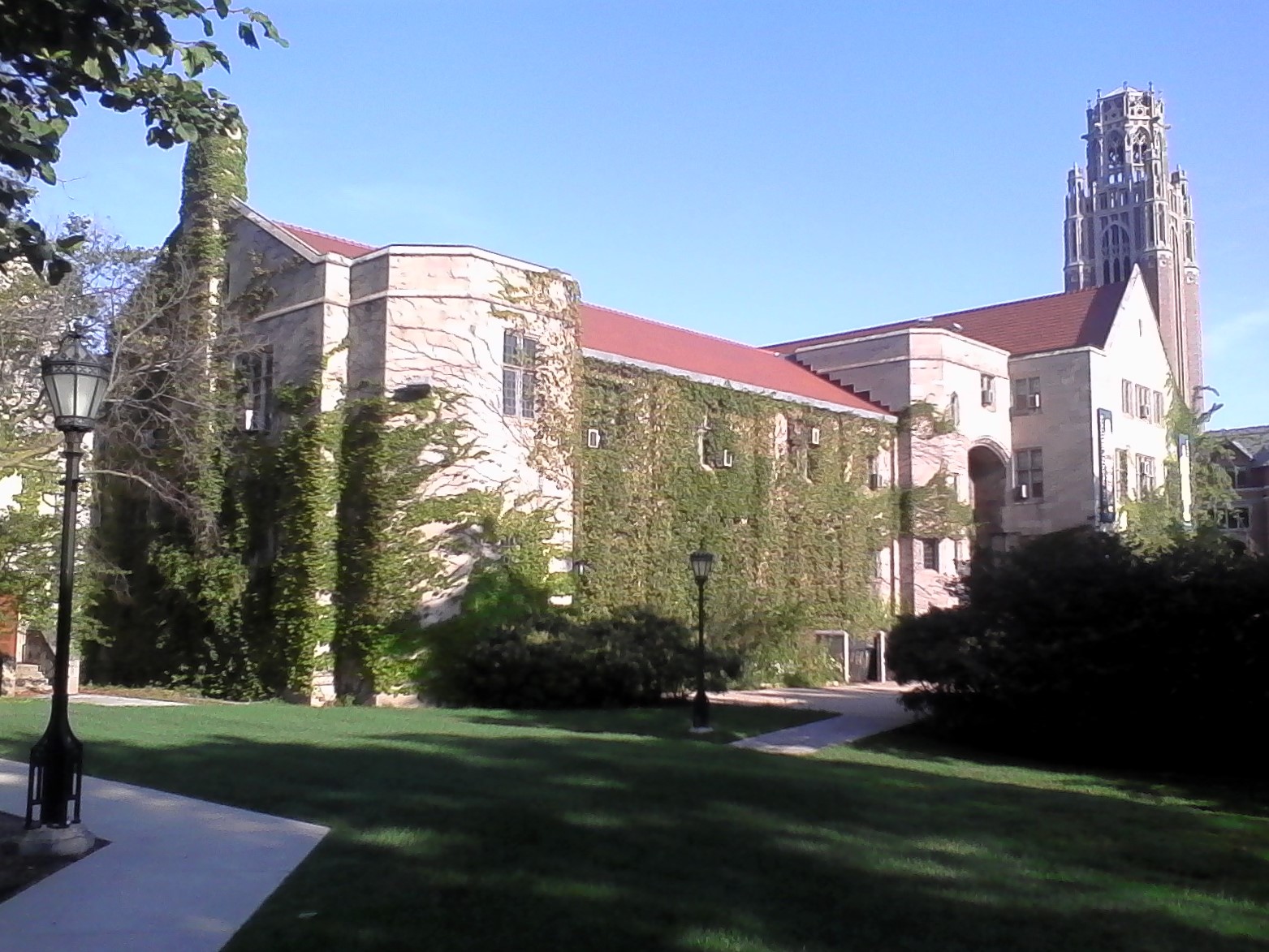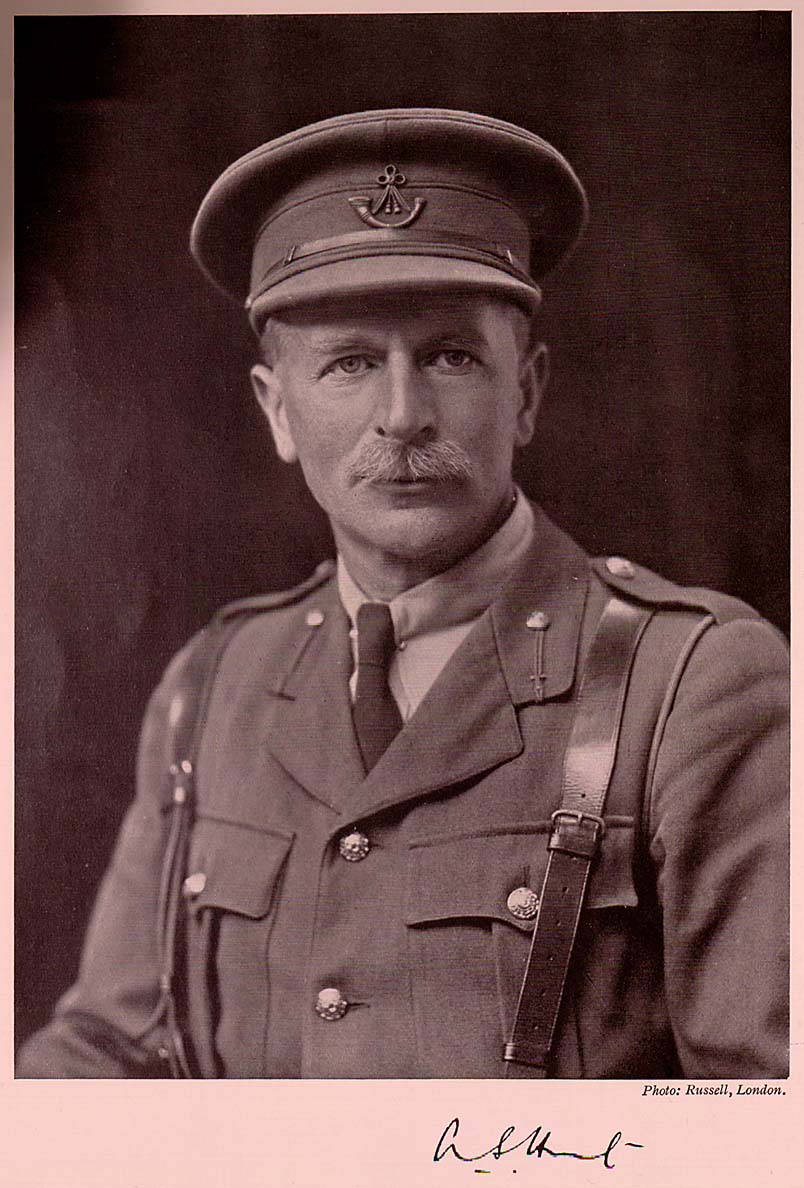|
Uncial 069
Uncial 069 (in the Gregory-Aland numbering), ε 12 ( Soden), is a Greek uncial manuscript of the New Testament, dated paleographically to the 5th century. Description The codex contains very small part of the Gospel of Mark 10:50.51; 11:11.12, on one parchment leaf (8 cm by 4.5 cm). The text is written in one column per page, 25 lines per page, 11-15 letters in line, in a calligraphic uncial hand. The letters A and M are not typical Egyptian. The nomina sacra are written in an abbreviated way. Text The Greek text of the codex is a representative of the Byzantine text-type. Aland placed it in Category III. It concurs with Codex Alexandrinus, and the parts preserved support the Textus Receptus reading at all nine points of variation from other early uncials.B. P. Grenfell & A. S. Hunt, ''Oxyrhynchus Papyri'' I (London, 1898), p. 7. It could be a member of the Family Π. The text is too brief for certainty. History Currently the manuscript is dated ... [...More Info...] [...Related Items...] OR: [Wikipedia] [Google] [Baidu] |
Gospel Of Mark
The Gospel of Mark), or simply Mark (which is also its most common form of abbreviation). is the second of the four canonical gospels and of the three synoptic Gospels. It tells of the ministry of Jesus from his baptism by John the Baptist to his death, burial, and the discovery of his empty tomb. There is no miraculous birth or doctrine of divine pre-existence, nor, in the original ending ( Mark 16:1–8), any post-resurrection appearances of Jesus. It portrays Jesus as a teacher, an exorcist, a healer, and a miracle worker. He refers to himself as the Son of Man. He is called the Son of God, but keeps his messianic nature secret; even his disciples fail to understand him. All this is in keeping with Christian interpretation of prophecy, which is believed to foretell the fate of the messiah as suffering servant. The gospel ends, in its original version, with the discovery of the empty tomb, a promise to meet again in Galilee, and an unheeded instruction to spread the good ne ... [...More Info...] [...Related Items...] OR: [Wikipedia] [Google] [Baidu] |
Family Π
Family Π is a group of New Testament manuscripts. Belonging to the Byzantine text-type, it is one of the textual families of this group. The name of the family, "Π" (pronounced in English as "pie"), is drawn from the symbol used for the Codex Petropolitanus. One of the most distinct of the Byzantine sub-groups, it is very old and the third largest. The oldest Byzantine manuscripts belong to this family. Hermann von Soden designated this group by the symbol "Ka". According to him, its text is not purely Byzantine. Codices and manuscripts Soden included the following in this group of codices: Cyprius (K), Petropolitanus (Π), 72, 114, 116, 178, 265, 389, 1008, 1009, 1079, 1154, 1200, 1219, 1346, and 1398. Lake added to this group of manuscripts: 489, 537, 652, 775, 796, 904, 1478, 1500, 1546, 1561, 1781, 1816. Soden also associated Codex Alexandrinus with this group. Wisse lists about 150 witnesses of the family, but the majority of them belong to this family only in some ... [...More Info...] [...Related Items...] OR: [Wikipedia] [Google] [Baidu] |
Greek New Testament Uncials
Greek may refer to: Greece Anything of, from, or related to Greece, a country in Southern Europe: *Greeks, an ethnic group. *Greek language, a branch of the Indo-European language family. **Proto-Greek language, the assumed last common ancestor of all known varieties of Greek. **Mycenaean Greek, most ancient attested form of the language (16th to 11th centuries BC). **Ancient Greek, forms of the language used c. 1000–330 BC. **Koine Greek, common form of Greek spoken and written during Classical antiquity. **Medieval Greek or Byzantine Language, language used between the Middle Ages and the Ottoman conquest of Constantinople. **Modern Greek, varieties spoken in the modern era (from 1453 AD). *Greek alphabet, script used to write the Greek language. *Greek Orthodox Church, several Churches of the Eastern Orthodox Church. *Ancient Greece, the ancient civilization before the end of Antiquity. *Old Greek, the language as spoken from Late Antiquity to around 1500 AD. Other uses * '' ... [...More Info...] [...Related Items...] OR: [Wikipedia] [Google] [Baidu] |
Caspar René Gregory
Caspar René Gregory (November 6, 1846 – April 9, 1917) was an American-born German theologian. Life Gregory was born to Mary Jones and Henry Duval Gregory in Philadelphia. He was the brother of the American zoologist Emily Ray Gregory. After completing his bachelor's degree at the University of Pennsylvania in 1864, he studied theology at two Presbyterian seminaries: in 1865–1867 at the Reformed Presbyterian Theological Seminary, Philadelphia, and in 1867–1873 at the Princeton Theological Seminary. In 1873, he decided to continue his studies at the University of Leipzig under Constantin von Tischendorf, to whose work on textual criticism of the New Testament he had been referred by his teacher Ezra Abbot. He administered the scientific legacy of Tischendorf, who died in 1874, and continued his work. In 1876, he obtained his PhD with a dissertation titled '' Grégoire the priest and the revolutionist''. The first examiner for it was the historian Georg Voigt. He comp ... [...More Info...] [...Related Items...] OR: [Wikipedia] [Google] [Baidu] |
Bernard Pyne Grenfell
Bernard Pyne Grenfell FBA (16 December 1869 – 18 May 1926) was an English scientist and Egyptologist. Life Grenfell was the son of John Granville Grenfell FGS and Alice Grenfell. He was born in Birmingham and brought up and educated at Clifton College in Bristol, where his father taught. He obtained a scholarship in 1888 and enrolled at The Queen's College, Oxford.Bell, H. (2004-09-23). Grenfell, Bernard Pyne (1869–1926), papyrologist. Oxford Dictionary of National Biography. Retrieved 18 Jan. 2018, Selink/ref> With his friend and colleague, Arthur Surridge Hunt, he took part in the archaeological dig of Oxyrhynchus and discovered many ancient manuscripts known as the Oxyrhynchus Papyri, including some of the oldest known copies of the New Testament and the Septuagint. Other notable finds are extensive, including previously unknown works by known classical authors. The majority of the find consists of thousands of documentary texts. Parabiblical material, such as copies of ... [...More Info...] [...Related Items...] OR: [Wikipedia] [Google] [Baidu] |
Papyrus Oxyrhynchus 4
Papyrus Oxyrhynchus 4 (P. Oxy. 4) is a fragment of a Christian theological work in Greek. It was discovered by Grenfell and Hunt in 1897 in Oxyrhynchus. The fragment is dated to the early 4th century. It is housed in the library of the University of Cambridge. The text was published by Grenfell and Hunt in 1898.P. Oxy. 4 at the Oxyrhynchus Online The manuscript was written on papyrus in the form of a codex. The measures of the original leaf were 127 by 72 mm. On the verso side the text is written in a medium-sized uncial l ... [...More Info...] [...Related Items...] OR: [Wikipedia] [Google] [Baidu] |
Papyrus 1
Papyrus 1 (in the Gregory-Aland numbering) designated by "", "ε 01 (von Soden)", is an early Greek copy of a papyrus manuscript of one chapter of the Gospel of Matthew dating palaeographically to the early 3rd century. It was discovered in Oxyrhynchus, Egypt. It is currently housed at the University of Pennsylvania Museum (E 2746). Description The manuscript is a fragment of one leaf, one column per page, 27-29 lines per page, roughly by . The original codex was arranged in two leaves in quire.B. P. Grenfell & A. S. Hunt, ''Oxyrhynchus Papyri I'' (London, 1898), p. 4. The surviving text of Matthew are verses 1:1-9,12 and 13,14-20. The words are written continuously without separation. Accents and breathings are absent, except two breathings which are a smooth breathing on fifth letter (ωβηδ ἐκ) in line 14 of the verso and a rough breathing on the fourth letter to last letter ( ἡ συν) in line 14 of the recto. And the ''nomina sacra'' are written in abbreviate ... [...More Info...] [...Related Items...] OR: [Wikipedia] [Google] [Baidu] |
Oxyrhynchus Papyri
The Oxyrhynchus Papyri are a group of manuscripts discovered during the late nineteenth and early twentieth centuries by papyrologists Bernard Pyne Grenfell and Arthur Surridge Hunt at an ancient rubbish dump near Oxyrhynchus in Egypt (, modern ''el-Bahnasa''). The manuscripts date from the time of the Ptolemaic (3rd century BC) and Roman periods of Egyptian history (from 32 BC to the Muslim conquest of Egypt in 640 AD). Only an estimated 10% are literary in nature. Most of the papyri found seem to consist mainly of public and private documents: codes, edicts, registers, official correspondence, census-returns, tax-assessments, petitions, court-records, sales, leases, wills, bills, accounts, inventories, horoscopes, and private letters. Although most of the papyri were written in Greek, some texts written in Egyptian ( Egyptian hieroglyphics, Hieratic, Demotic, mostly Coptic), Latin and Arabic were also found. Texts in Hebrew, Aramaic, Syriac and Pahlavi have so far ... [...More Info...] [...Related Items...] OR: [Wikipedia] [Google] [Baidu] |
Textual Criticism
Textual criticism is a branch of textual scholarship, philology, and of literary criticism that is concerned with the identification of textual variants, or different versions, of either manuscripts or of printed books. Such texts may range in dates from the earliest writing in cuneiform, impressed on clay, for example, to multiple unpublished versions of a 21st-century author's work. Historically, scribes who were paid to copy documents may have been literate, but many were simply copyists, mimicking the shapes of letters without necessarily understanding what they meant. This means that unintentional alterations were common when copying manuscripts by hand. Intentional alterations may have been made as well, for example, the censoring of printed work for political, religious or cultural reasons. The objective of the textual critic's work is to provide a better understanding of the creation and historical transmission of the text and its variants. This understanding may lead to ... [...More Info...] [...Related Items...] OR: [Wikipedia] [Google] [Baidu] |
List Of New Testament Uncials
A New Testament uncial is a section of the New Testament in Greek or Latin majuscule letters, written on parchment or vellum. This style of writing is called ''Biblical Uncial'' or ''Biblical Majuscule''. New Testament uncials are distinct from other ancient texts based on the following differences: * New Testament papyri – written on papyrus and generally more ancient * New Testament minuscules – written in minuscule letters and generally more recent * New Testament lectionaries – usually written in minuscule (but some in uncial) letters and generally more recent * New Testament uncials – written in majuscule letters, on parchment or vellum. Classification of uncials In 1751, New Testament theologian Johann Jakob Wettstein knew of only 23 uncial codices of the New Testament. By 1859, Constantin von Tischendorf had increased that number to 64 uncials, and in 1909 Caspar René Gregory enumerated 161 uncial codices. By 1963, Kurt Aland, in his ... [...More Info...] [...Related Items...] OR: [Wikipedia] [Google] [Baidu] |
University Of Chicago Oriental Institute
The Oriental Institute (OI), established in 1919, is the University of Chicago's interdisciplinary research center for ancient Near Eastern ("Orient") studies and archaeology museum. It was founded for the university by professor James Henry Breasted with funds donated by John D. Rockefeller, Jr. It conducts research on ancient civilizations throughout the Near East, including at its facility, Chicago House, in Luxor, Egypt. The institute publicly exhibits an extensive collection of artifacts related to ancient civilizations at its on-campus building in Hyde Park, Chicago. According to anthropologist William Parkinson of the Field Museum, the OI's highly focused "near Eastern, or southwest Asian and Egyptian" collection is one of the finest in the world. History In the early 20th century, James Henry Breasted built up the collection of the university's Haskell Oriental Museum, which he oversaw along with his field work, and teaching duties. He dreamed, however, of establishi ... [...More Info...] [...Related Items...] OR: [Wikipedia] [Google] [Baidu] |
Arthur Surridge Hunt
Arthur Surridge Hunt, FBA (1 March 1871 – 18 June 1934) was an English papyrologist. Hunt was born in Romford, Essex, England. Over the course of many years, Hunt, along with Bernard Grenfell, recovered many papyri from excavation sites in Egypt, including the Oxyrhynchus Papyri. He worked with Campbell Cowan Edgar on a translation of the Zenon Papyri from the original Greek and Demotic. Publications *Grenfell, Bernard Pyne and Hunt, Arthur Surridge, ''Sayings of Our Lord from an early Greek Papyrus'' (Egypt Exploration Fund; 1897). *Grenfell, Bernard Pyne, Hunt, Arthur Surridge, and Hogarth, David George, Fayûm Towns and Their Papyri' (London 1900). *Grenfell, Bernard Pyne and Hunt, Arthur Surridge, eds., Hellenica Oxyrhynchia cum Theopompi et Cratippi Fragmentis' (Oxford: Clarendon Press, 1909). *Hunt, Arthur Surridge, "Papyri and Papyrology." ''The Journal of Egyptian Archaeology'' 1, no. 2 (1914): 81–92. See also * Oxyrhynchus Oxyrhynchus (; grc-gre, Ὀξύρ ... [...More Info...] [...Related Items...] OR: [Wikipedia] [Google] [Baidu] |









